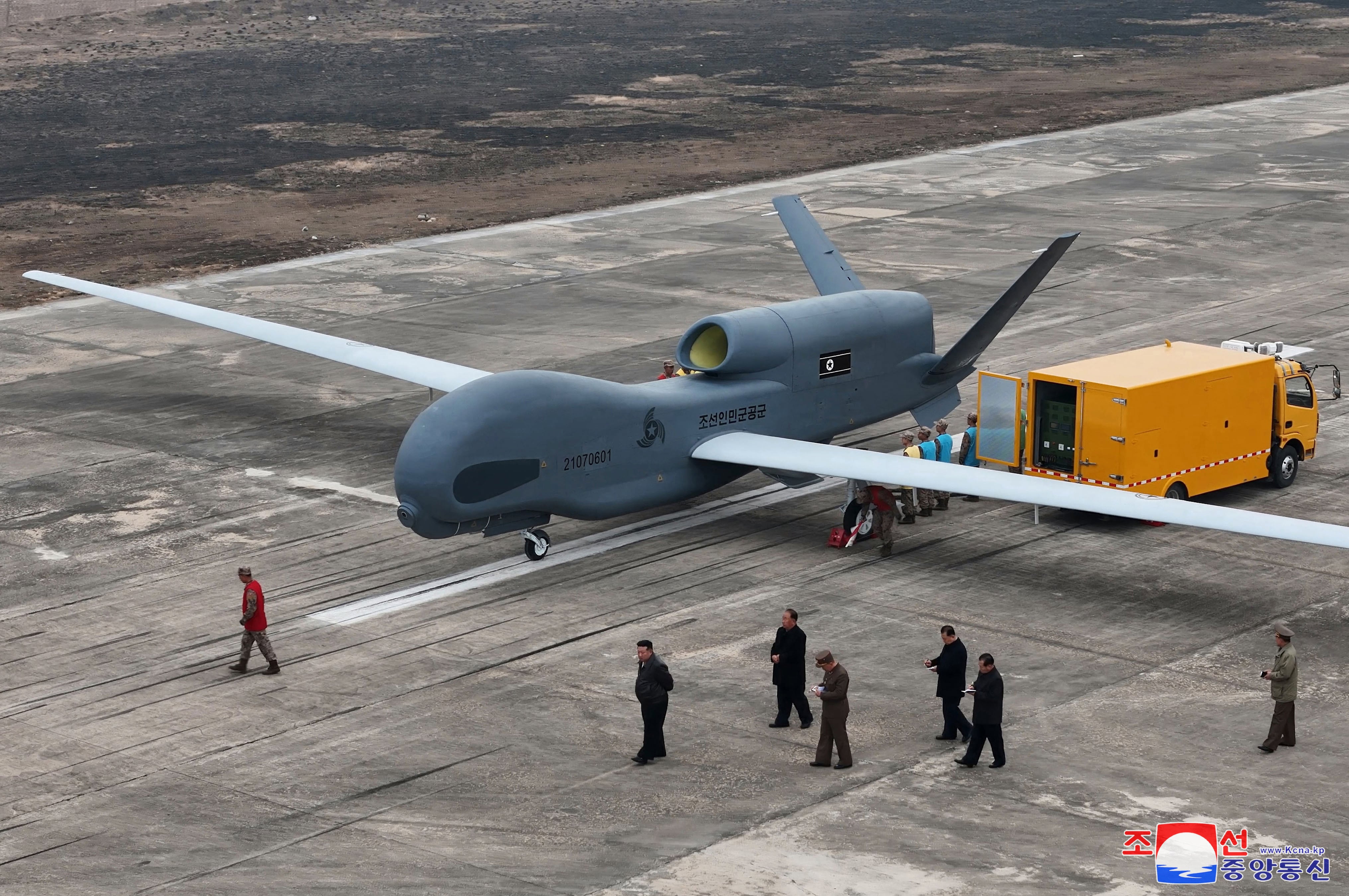TAIPEI, Taiwan – North Korea’s recent test launches of key weapon systems aboard its new destroyer – including supersonic strategic cruise missiles – suggest possible assistance from Russia, according to a Seoul-based military expert.
The North’s state-run Korean Central News Agency, or KCNA, reported that the country carried out the “combat application test” of weapons systems mounted on Choe Hyon, its new 5,000-ton destroyer.
It conducted a test firing of supersonic cruise missiles, strategic cruise missiles, anti-aircraft missiles and 127 millimeter ship-based automatic guns Monday. A test of firing ship-to-ship tactical guided weapons, the ship’s automatic guns, smoke and electronic jamming guns took place the following day.
Dubbing the new warship as North Korea’s “Aegis Combat System,” Yu Yong-weon, a military journalist-turned-lawmaker, said North Korea may have received assistance from Russia.
The supersonic strategic cruise missile unveiled by North Korean state media resembles Russia’s ship-launched hypersonic cruise missile, the Zircon, he said in an analysis published on his website.
The four-faced phased array radar mounted on the Choe Hyon is similar in layout and installation angle to the radar systems deployed on Russia’s Karakurt-class warships. Phased array radars, also found on Aegis destroyers, enable 360-degree surveillance.
Additionally, the integrated air defence system installed on the Choe Hyon – including vertical missile launchers, tracking radar, autocannons, and actuating shafts – bears a striking resemblance to Russia’s Pantsir system, suggesting it may be a replica, according to Yu.
“There is a strong possibility that North Korea received advanced military technology from Russia in exchange for its involvement in the war in Ukraine,” said Yu.
North Korea and Russia have been deepening their military and economic ties in recent months. Pyongyang reportedly supplied Moscow with large quantities of munitions and other military aid for its war in Ukraine.
North Korea on Monday acknowledged for the first time that it sent troops to Russia to support Moscow’s war against Ukraine, six months after reports of their presence first emerged.
In return, Russia has provided technological assistance and expanded cooperation in various sectors, fueling concerns over potential arms transfers and security threats.
The North’s latest firing tests came amid Pyongyang’s increased focus on strengthening its naval power in an effort to build a platform capable of delivering nuclear attacks from the sea.
Last week, North Korean leader Kim Jong Un called for building more warships of “Choe Hyon class” and larger cruisers, as well as various types of escort ships, next year and also developing “nuclear-powered submarines” in the future.
In March, the North unveiled what appears to be a nuclear-powered submarine under construction, with its leader warning that his country’s maritime defense capability will be “fully projected in any necessary waters without limitation.”
Edited by Stephen Wright.

